SISCO provides users with competitive, safe and reliable residual chlorine detectors in the fields of healthy breeding and planting, safe disinfection, etc., continuously creating value for customers and building a better and healthier life.
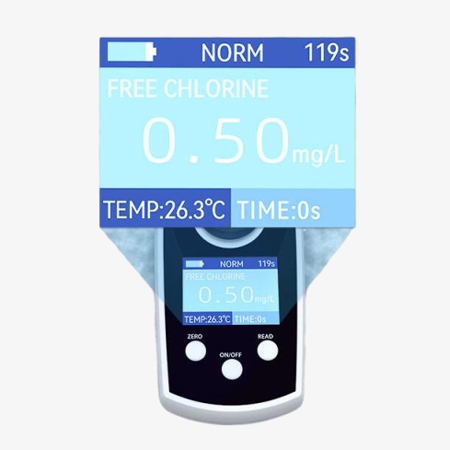
Convenient Operation and Long-Lasting Performance
- Digital residual chlorine meter: Fast readings in just 5 seconds, no more long waiting times.
- Colorful HD large screen: Features a 2.0-inch TFT color HD screen for clearer readings.
- Long-lasting battery life: Powered by 4 AAA 1.5V batteries, it can perform up to 5,000 measurements under normal conditions.
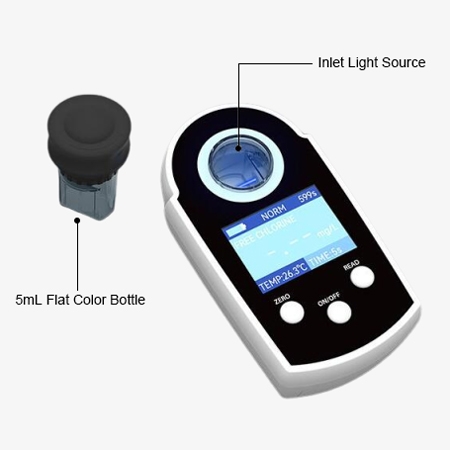
Precision Measurement and Broad Applicability
- Ultra-wide testing range: The portable residual chlorine tester uses the DPD photometric method, with an optional range of 0–10 mg/L.
- ATC automatic temperature compensation: All models are equipped with automatic temperature compensation, ensuring more accurate readings.
- Equipped with a high-precision algorithm chip, self-developed optical sensor, and proprietary algorithm platform, the instrument achieves a resolution of up to 0.01 mg/L.
Applications
The SISCO portable digital residual chlorine meter is a highly versatile instrument designed to meet the diverse needs of water quality analysis across various industries. Its wide range of applications makes it ideal for monitoring drinking water quality, ensuring safety and compliance with health standards. In wastewater treatment, it provides accurate readings to support effective management and environmental protection. The device is also well-suited for aquaculture, helping to maintain optimal water conditions for aquatic life, and plays a valuable role in scientific research, enabling precise measurements for experimental studies.
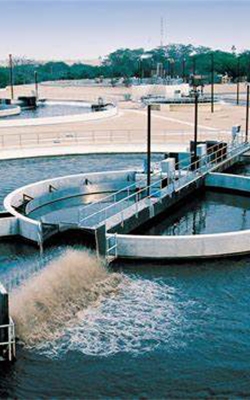
Wastewater Treatment
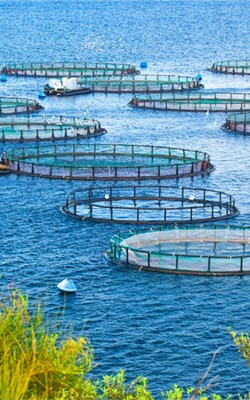
Aquaculture
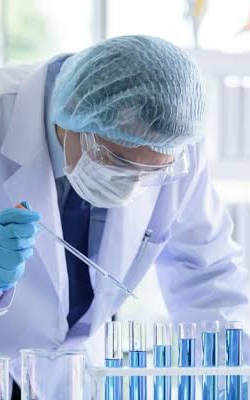
Scientific Research
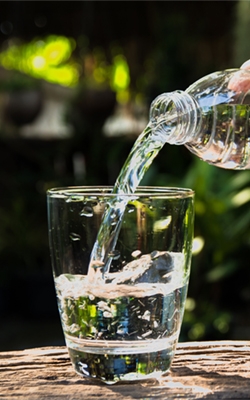
Drinking Water Quality
| Model | SISCO-WQT-FC131 |
| Screen | 2 inch TFT screen |
| Light Source | LED light-emitting diodes |
| Accuracy | <1.0mg/L Error: ≤±0.05mg/L, ≥1.0mg/L Error: ≤±5% |
| Temperature Range | Operating environment: 0~60℃, storage temperature: -10~50℃ |
| Power Supply | 4* AAA batteries (NOT INCLUDING) |
| Dimensions | 120x66x30mm |
| Weight | 174g |
How to use
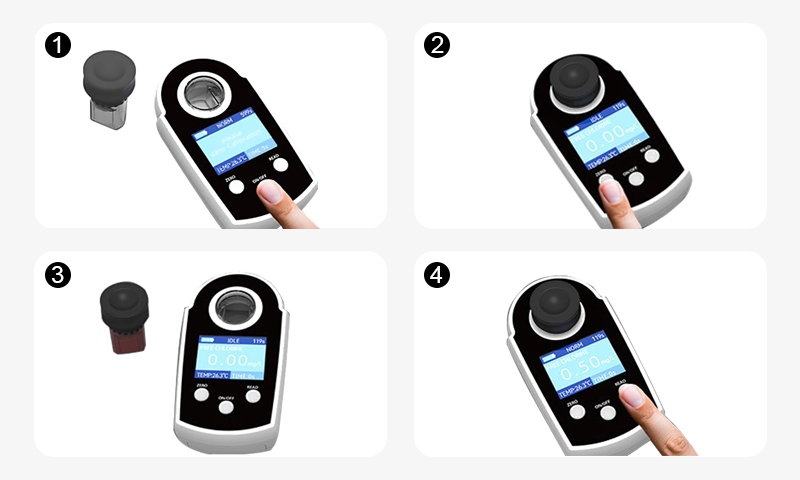
- Press and hold the ON/OFF button to power on, and the screen will display "Please Zero-Calibration."
- Take a 5mL water sample and place it into the sample chamber.
- Press the ZERO button to calibrate to zero, and the display will show 0.00 mg/L. After zero calibration, add the corresponding reagent for the model into the water sample, shake well to mix, remove any bubbles, and wipe off fingerprints.
- After the reaction time is fixed, place the sample into the testing chamber and press the READ button to complete the test.
Q1: What is a good TDS reading for drinking water?
A1: A good Total Dissolved Solids (TDS) reading for drinking water typically falls between 50 and 300 parts per million (ppm). Water with TDS levels within this range is generally considered safe and palatable, providing a balance of essential minerals without affecting taste or quality. While the World Health Organization (WHO) suggests that water with TDS levels below 300 ppm is acceptable, levels below 50 ppm may lack necessary minerals, and readings above 300 ppm can indicate excessive impurities or high mineral content, which could affect the taste and potentially pose health concerns over long-term consumption.
Q2: What industries is the digital residual chlorine tester suitable for?
A2: The digital residual chlorine tester is suitable for a wide range of industries, including drinking water quality monitoring, wastewater treatment, aquaculture, and scientific research. It is essential for ensuring safe and compliant water quality in drinking water systems, monitoring chlorine levels in treated wastewater, and maintaining optimal water conditions in aquaculture environments. Additionally, it is widely used in industrial water treatment processes, such as those in food processing, cooling systems, and chemical manufacturing. The tester also plays a crucial role in recreational water maintenance, such as swimming pools and spas, to ensure proper hygiene and safety.
Q3: What factors may interfere with the residual chlorine tester?
A3: Certain substances, such as arsenic and arsenates, sulfides, heavy metals, and nitrites, can interfere with the detection of residual chlorine. These chemicals may react with the reagents or the testing mechanism, leading to inaccurate results or distorted measurements.
Samples with high buffering capacity or extreme pH values can also cause interference. Water samples with strong buffering properties or those with pH values that are either too high or too low may affect the chemical reactions involved in chlorine detection, compromising the accuracy of the readings. It is important to consider these factors when performing residual chlorine testing to ensure reliable results.
Samples with high turbidity or color can interfere with the residual chlorine testing process. To ensure accurate results, these samples should be pre-treated. If the turbidity is too high, it is recommended to filter the sample before testing. This will help eliminate particles that could affect the measurement and ensure the reliability of the readings.
Tips: How to replace the battery of digital residual chlorine meter?
- Open the battery compartment lock.
- Pull out the battery compartment door backwards.
- Remove the old batteries and install 4 new AAA batteries.
- Replace the battery compartment door and unfasten the lock.
Thank you for buying industrial test and measurement equipment on SISCO.com, all products sold by SISCO and the partner cover a 12 months warranty, effective from the date of receiving the products.
What is covered?
SISCO is responsible for providing free spare parts, and free technical support to assist the customer to repair the defective products until the problem is solved.
What is not covered?
- Product purchased from anyone other than a SISCO store or a SISCO authorized reseller.
- Expendable parts.
- Routine cleaning or normal cosmetic and mechanical wear.
- Damage from misuse, abuse or neglect.
- Damage from use of parts other than SISCO approved.
- Damage from use outside the product’s usage or storage parameters.
- Damage from use of parts not sold by SISCO.
- Damage from modification or incorporation into other products.
- Damage from repair or replacement of warranted parts by a service provider other than a SISCO authorized service provider.
- Damage caused by the application environment not meeting the product usage requirements and the failure to perform preventive maintenance.

